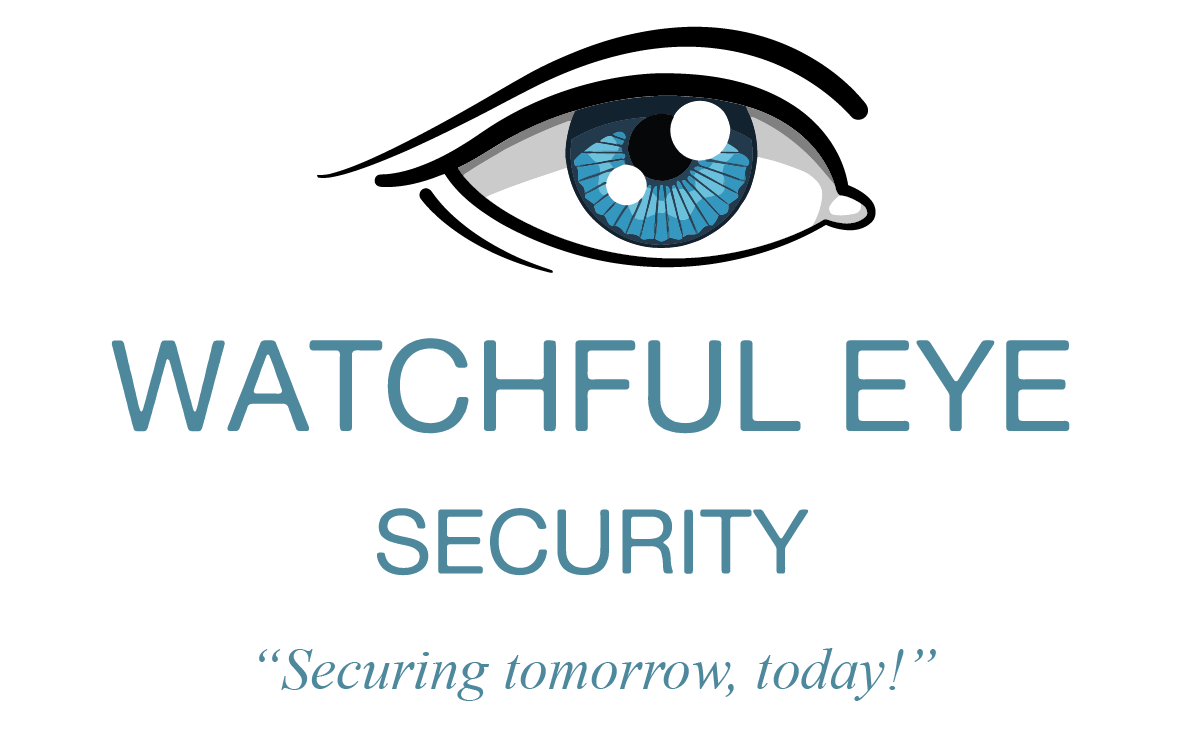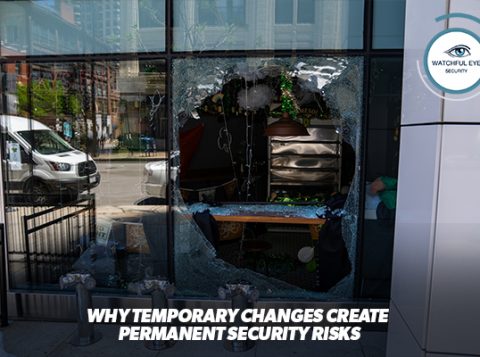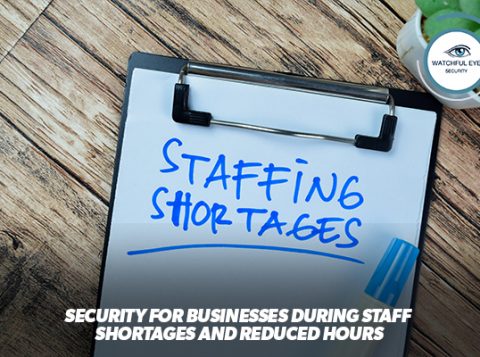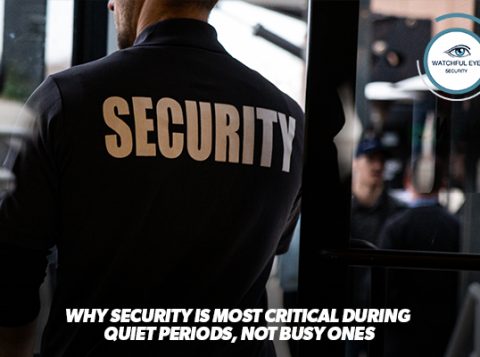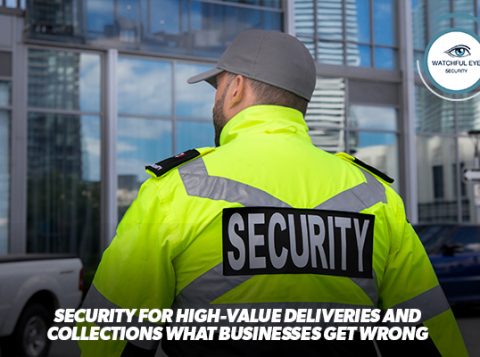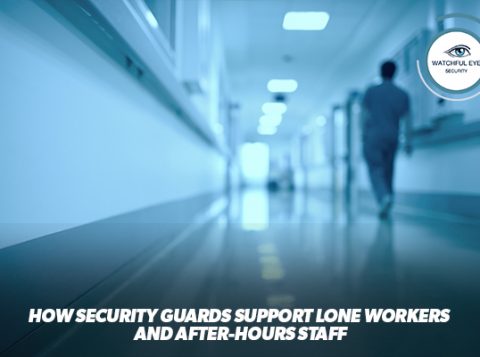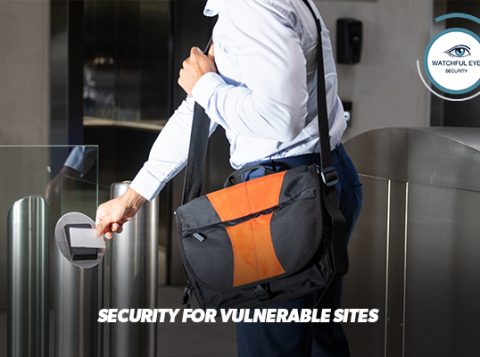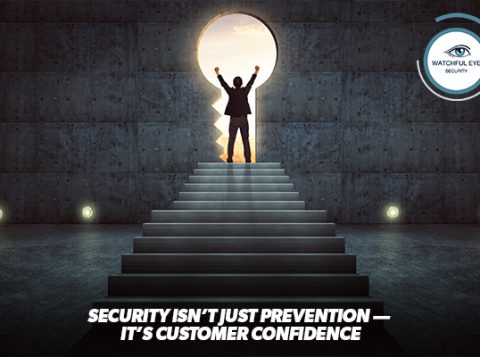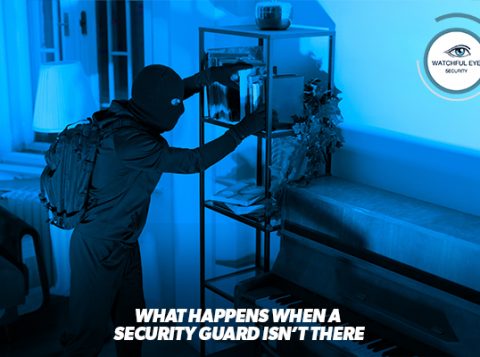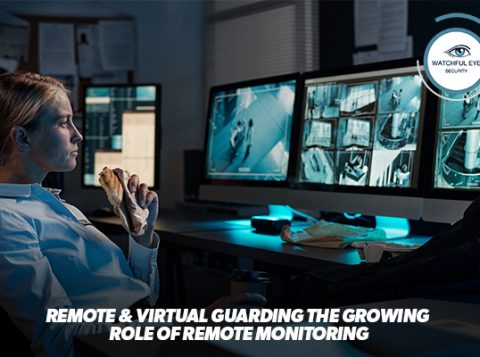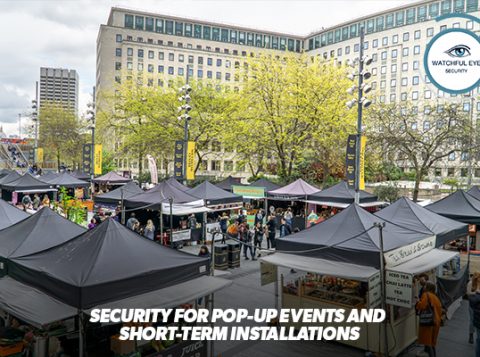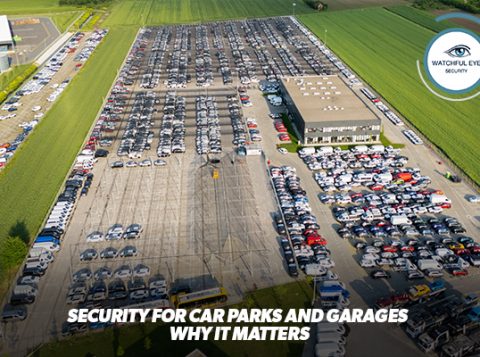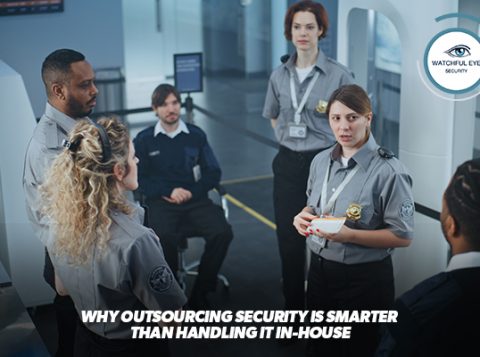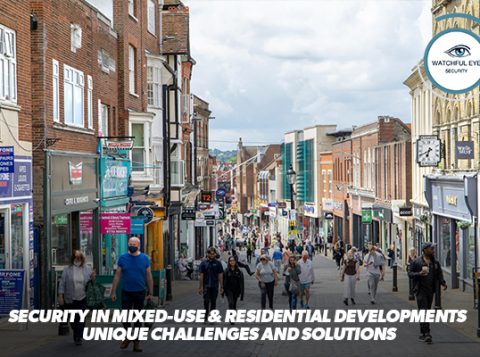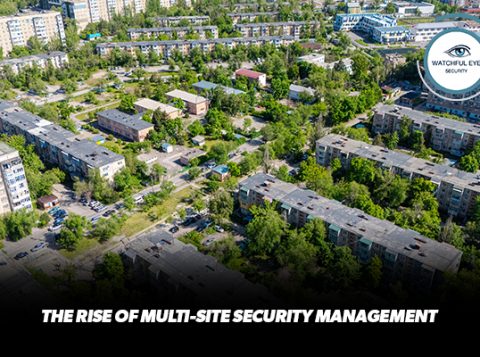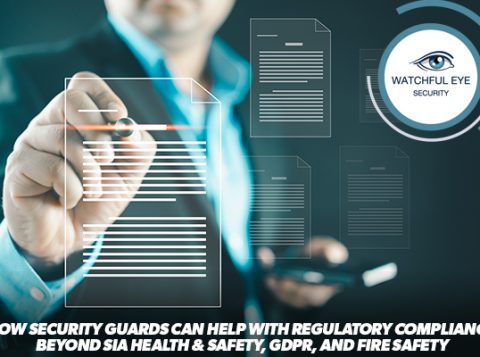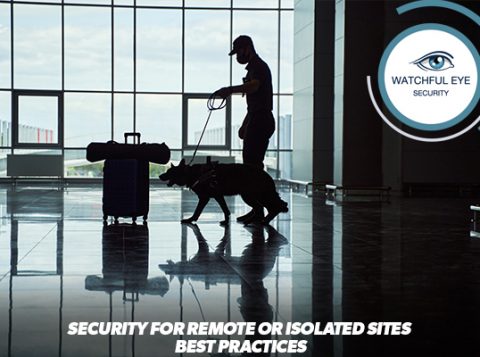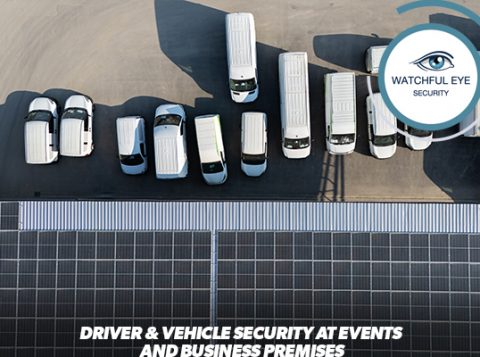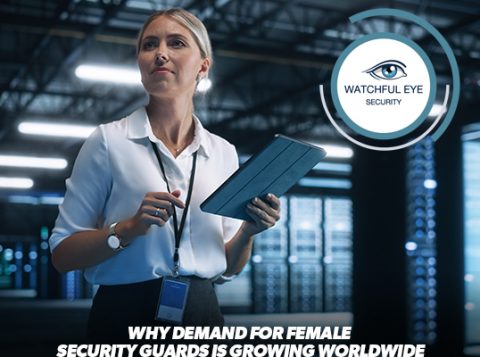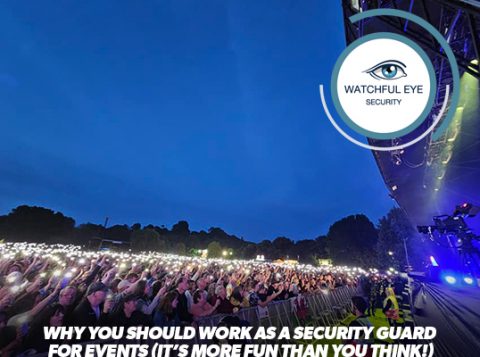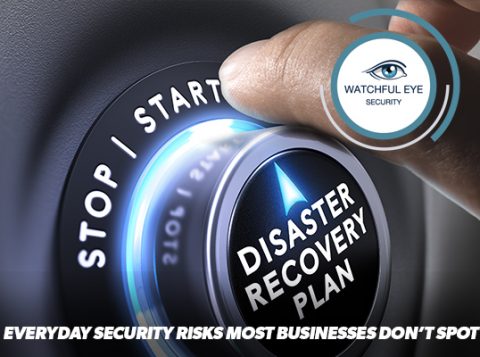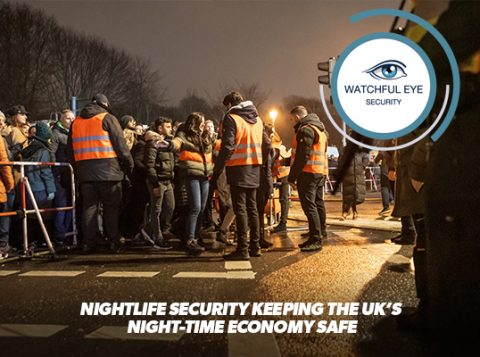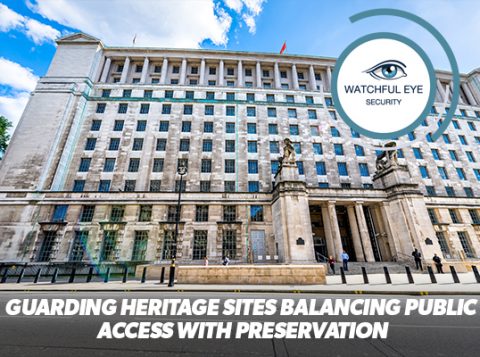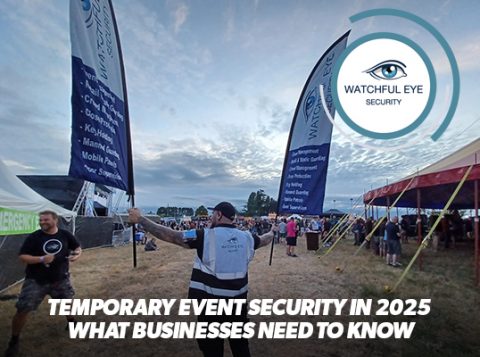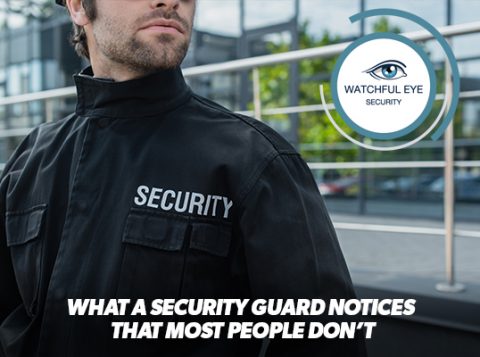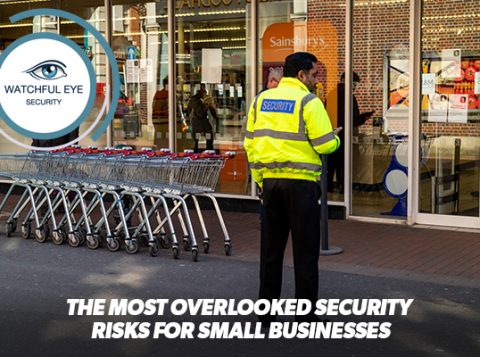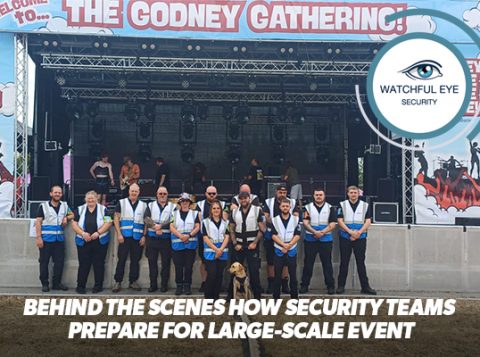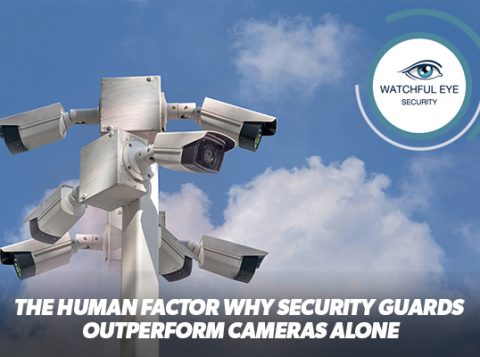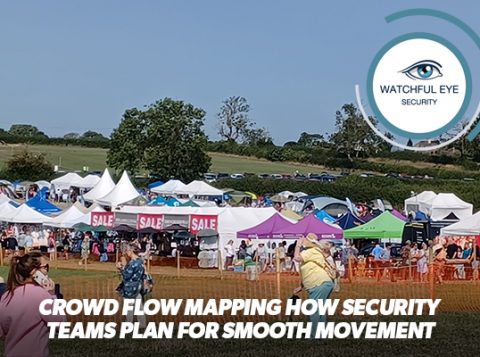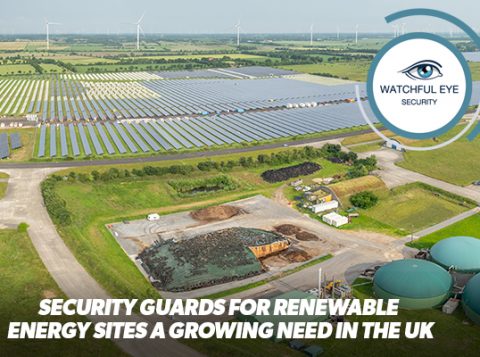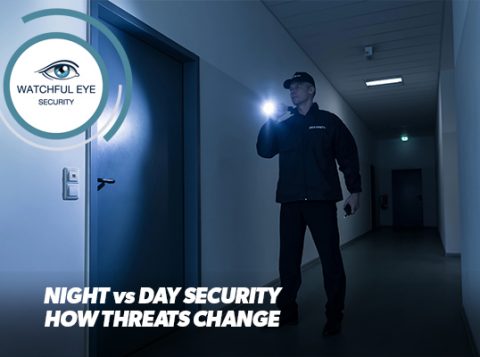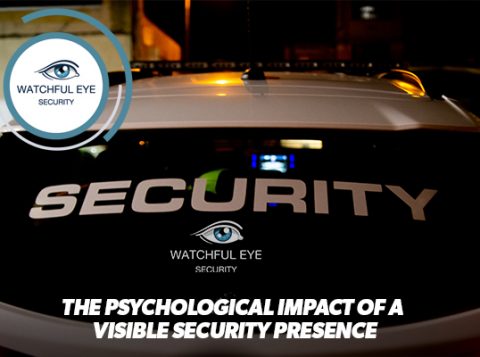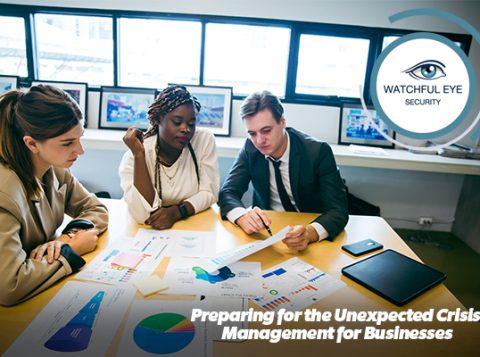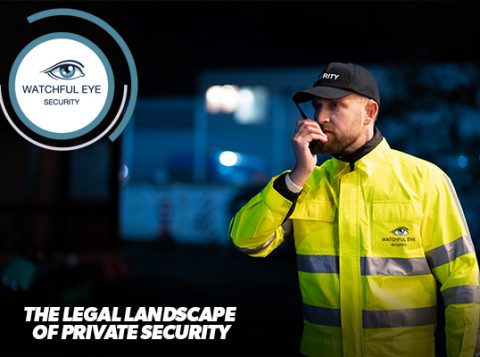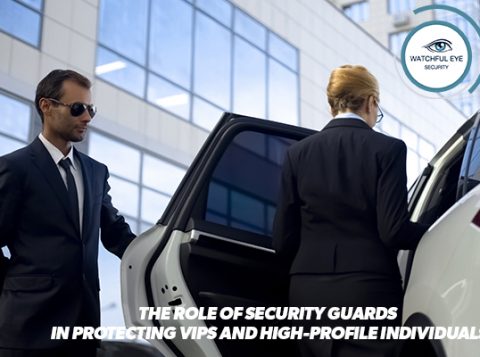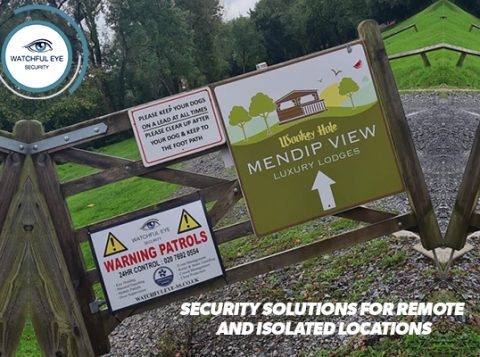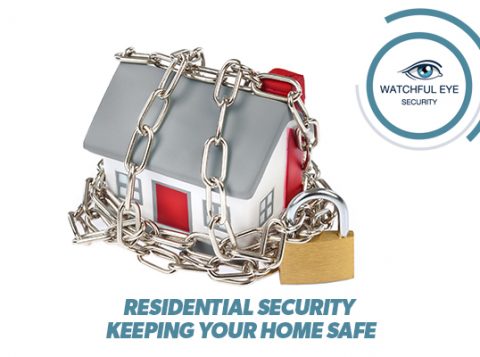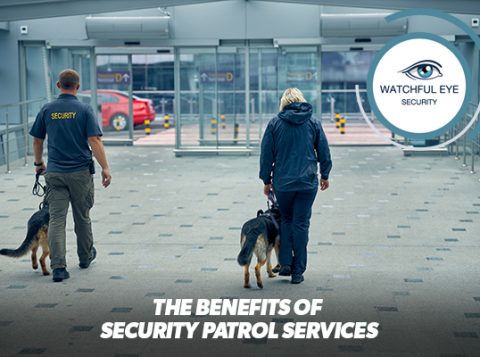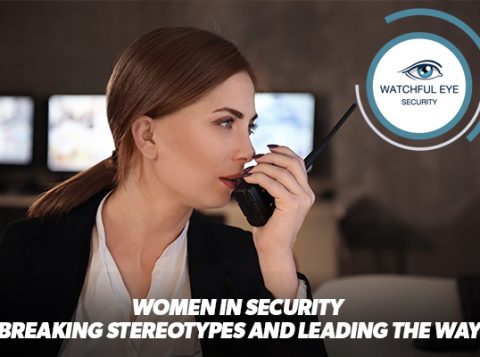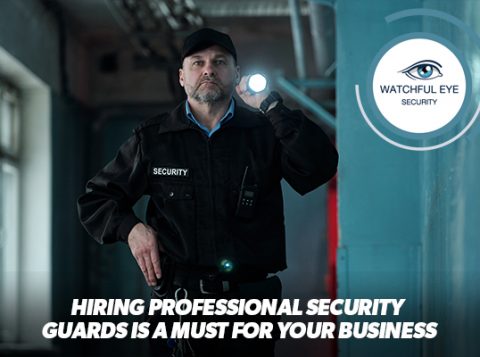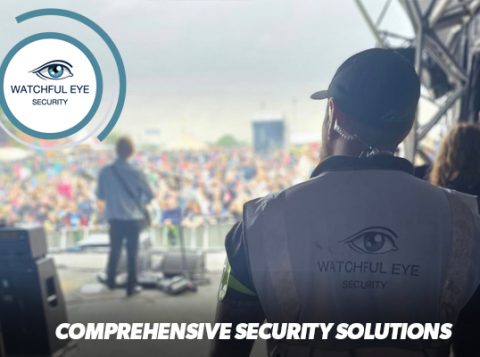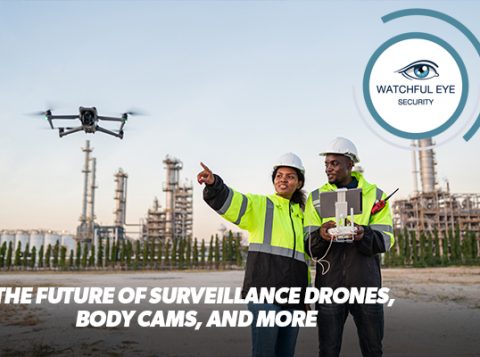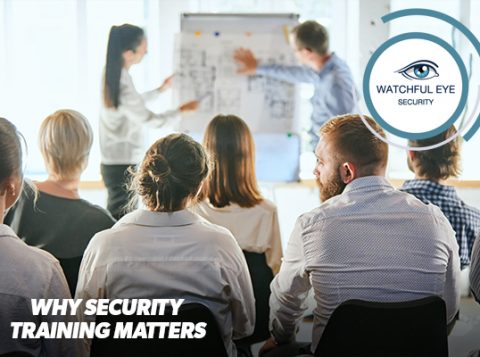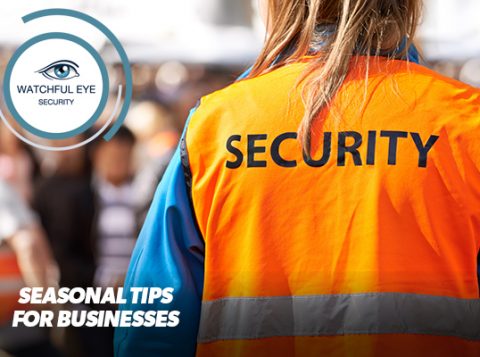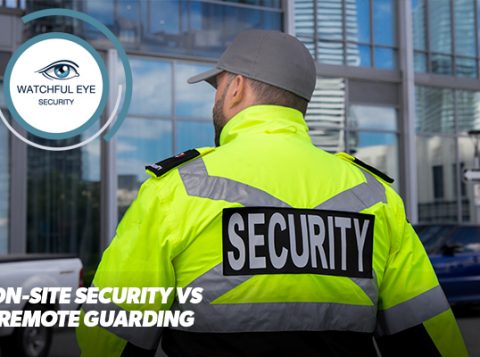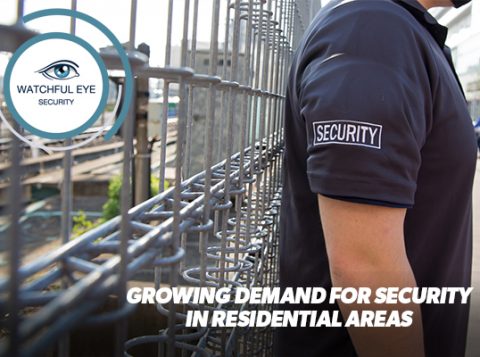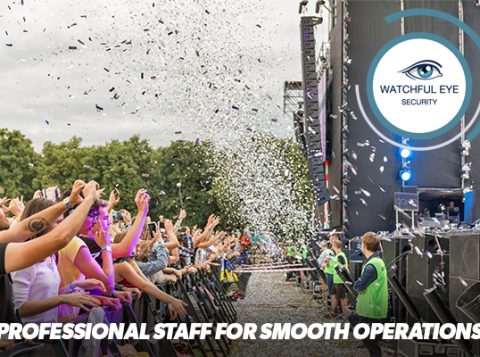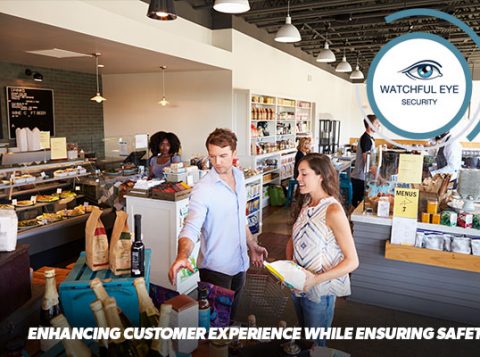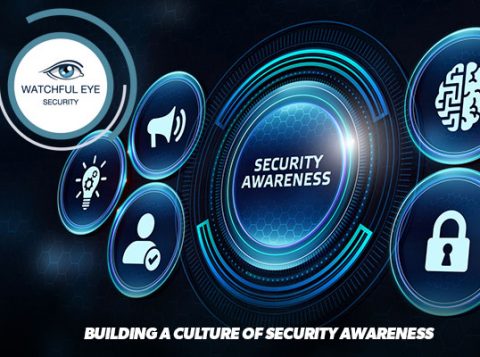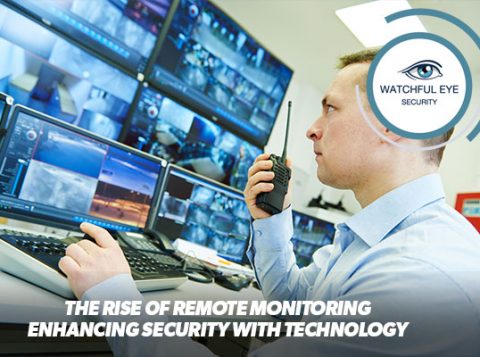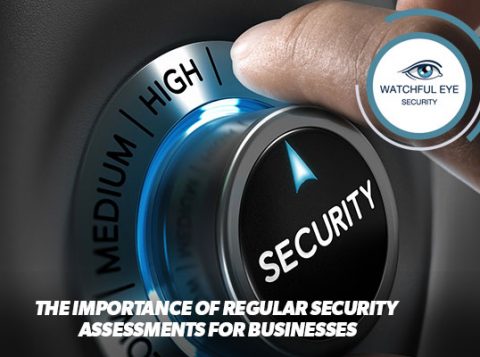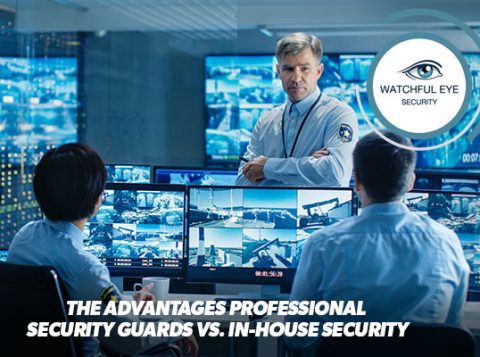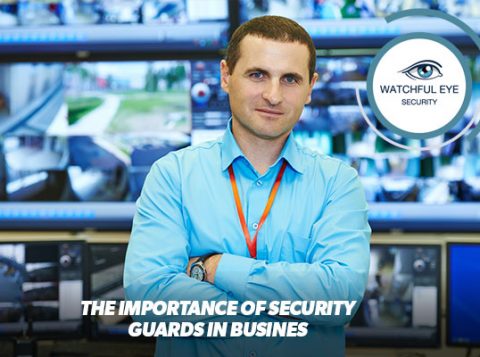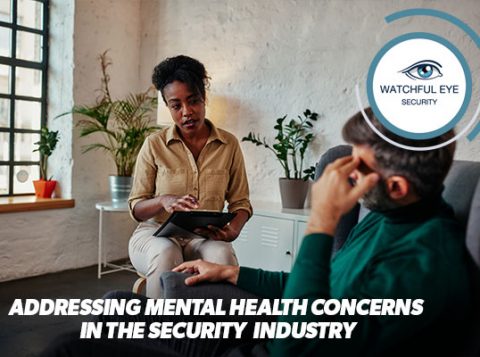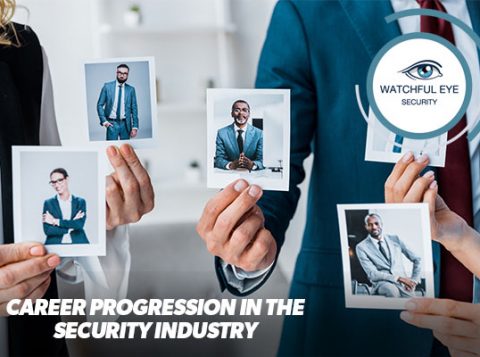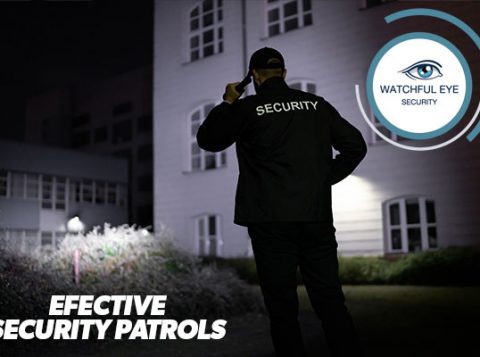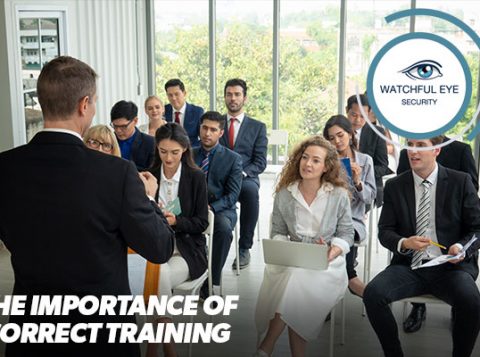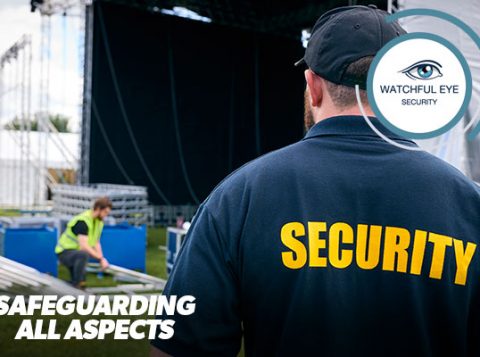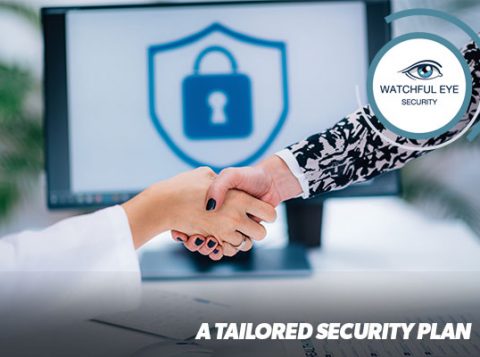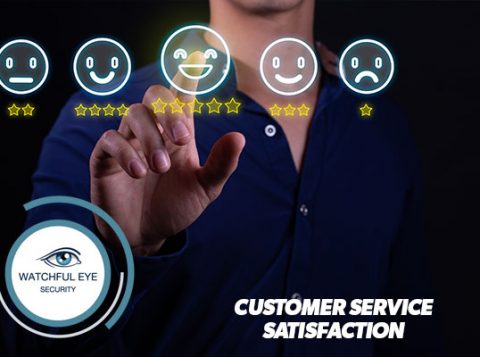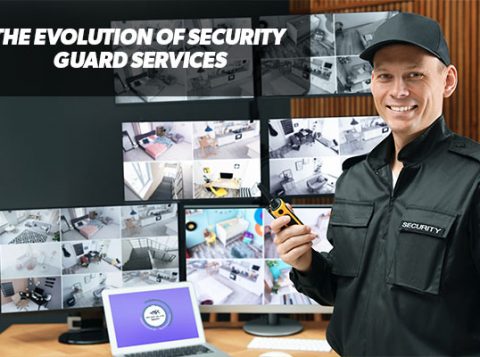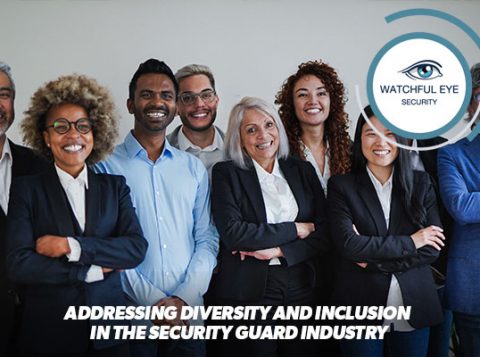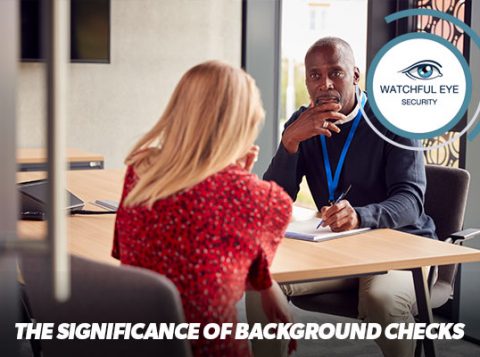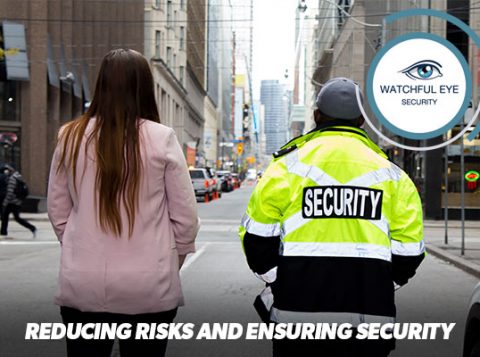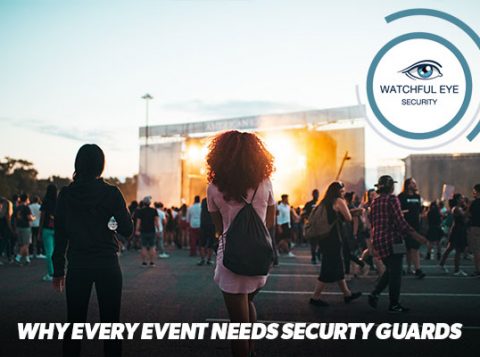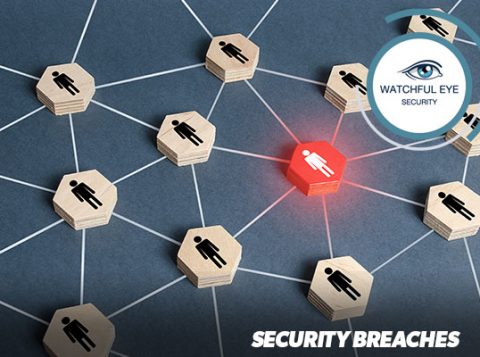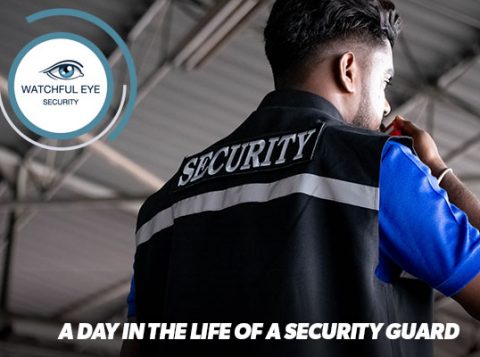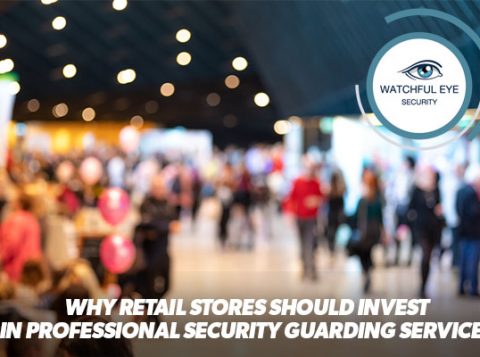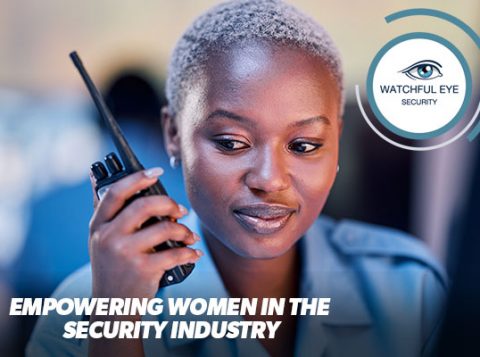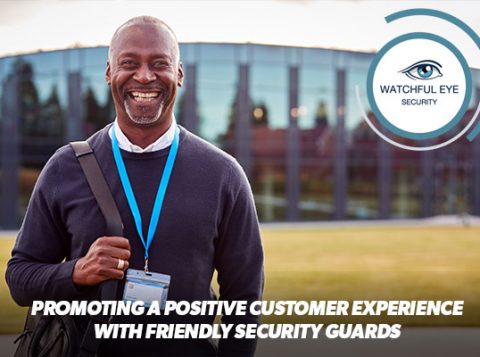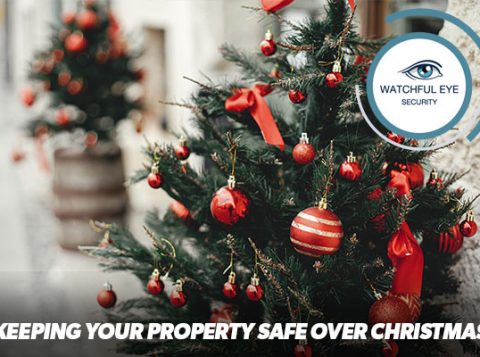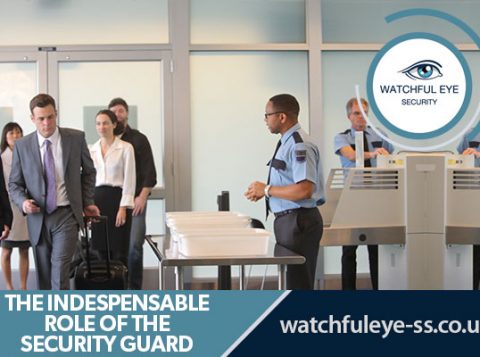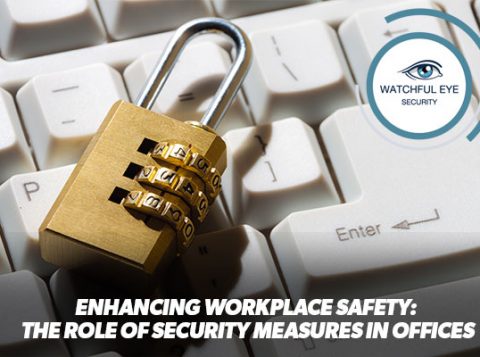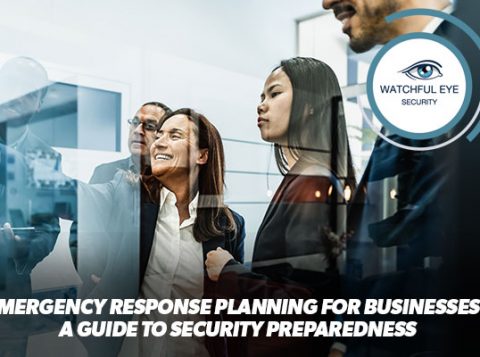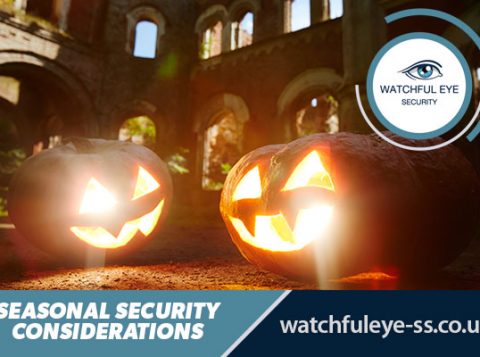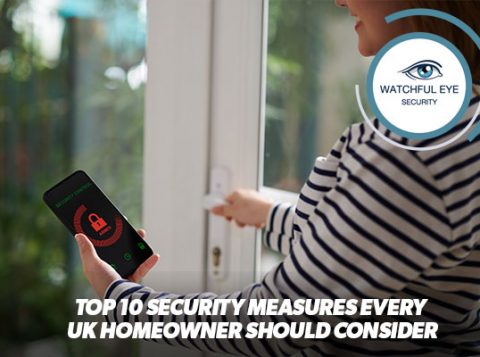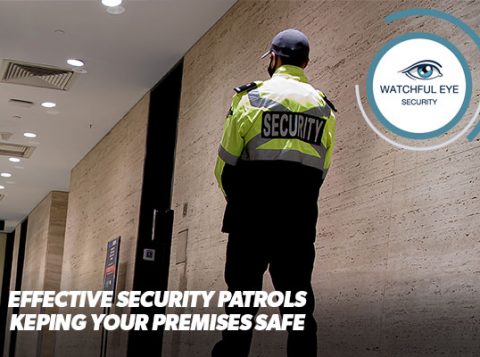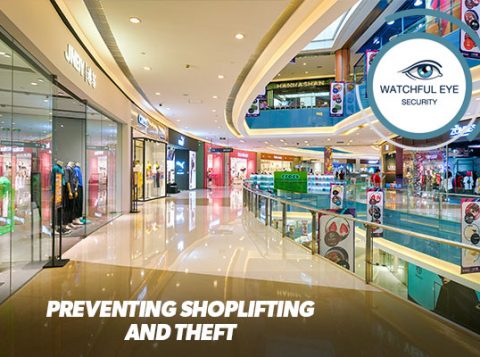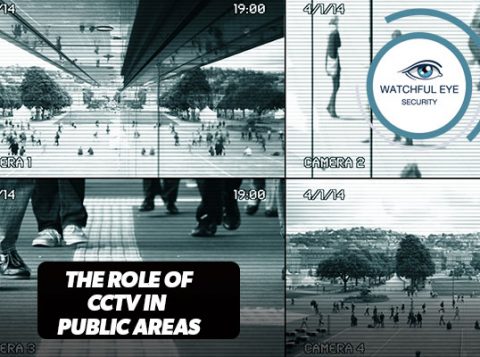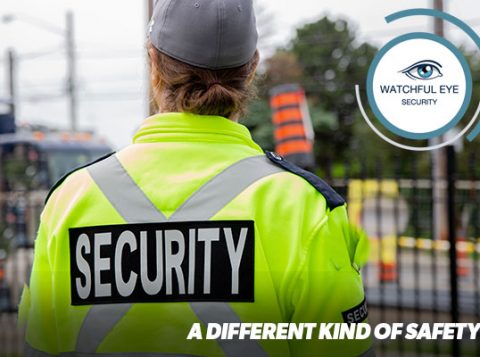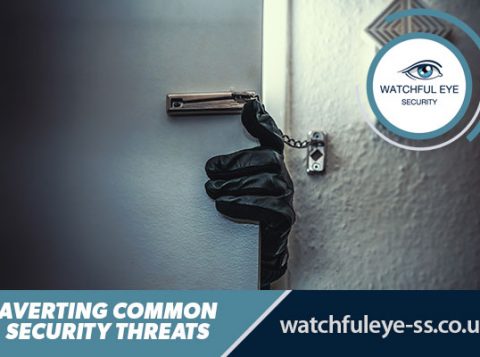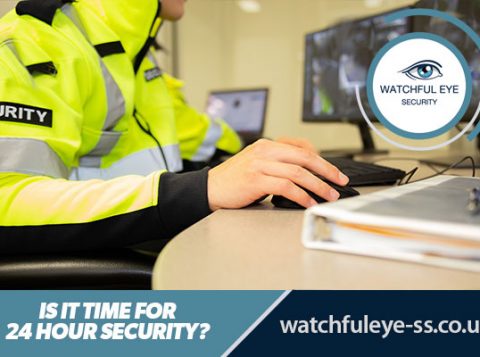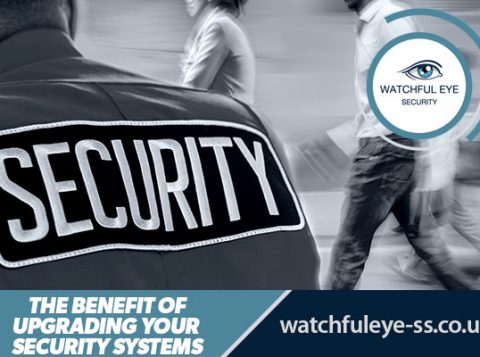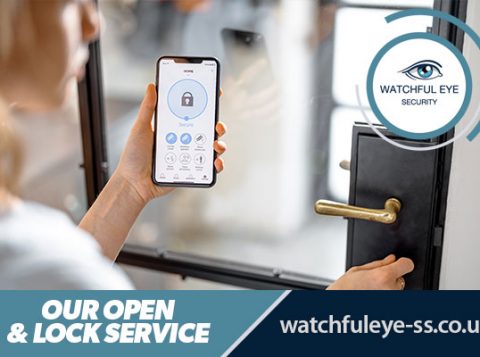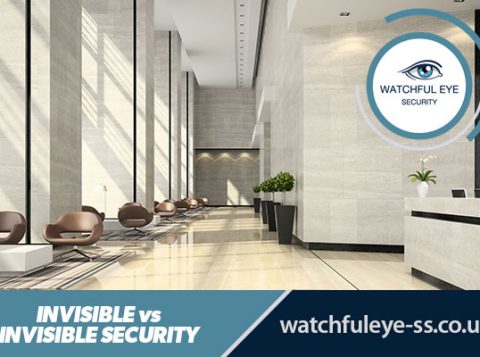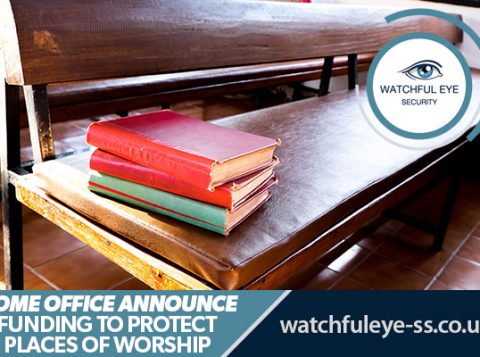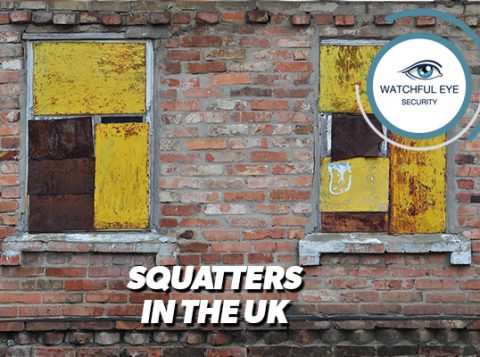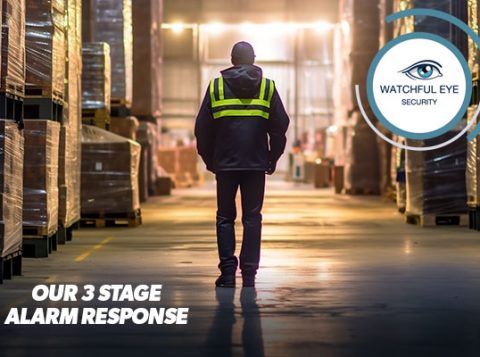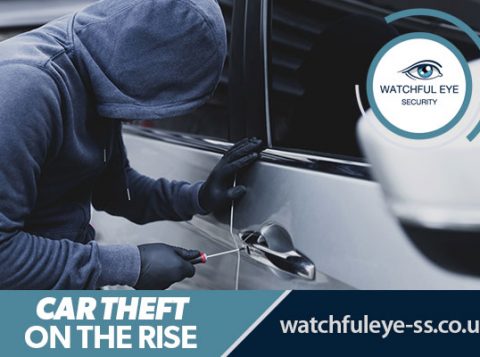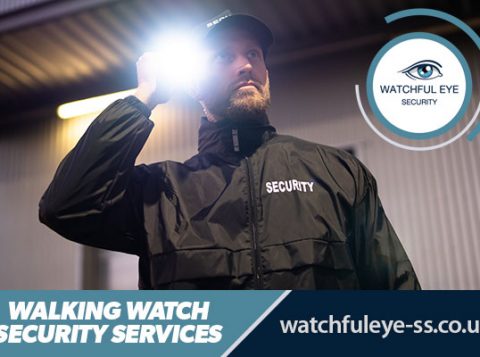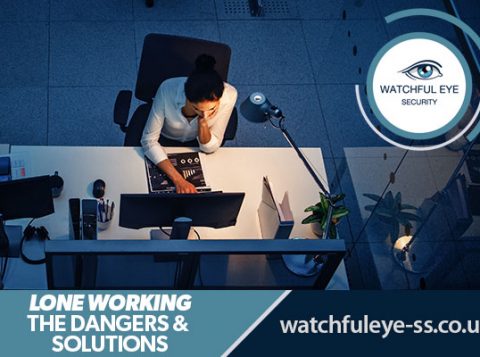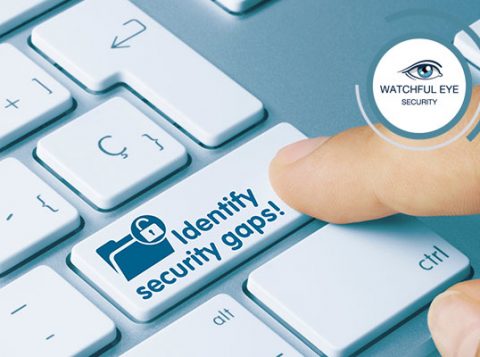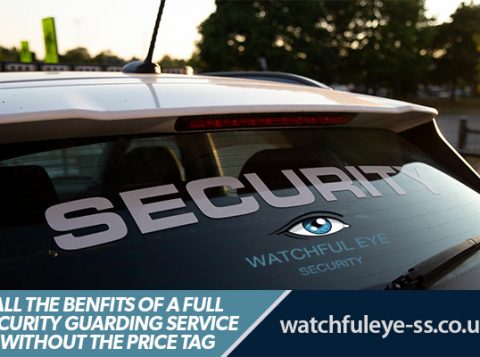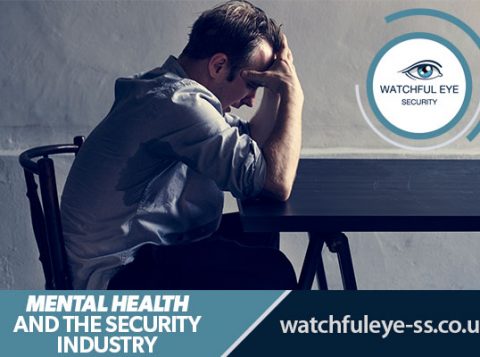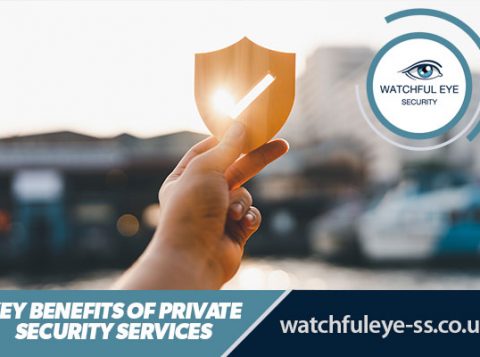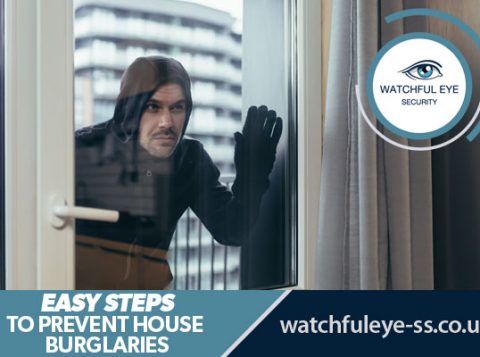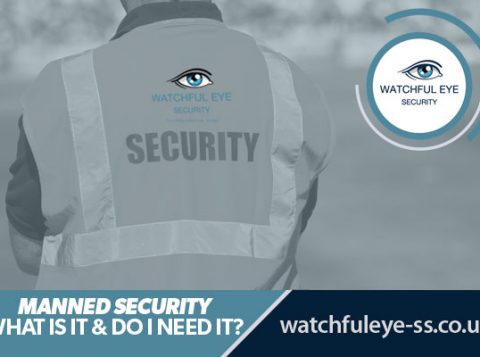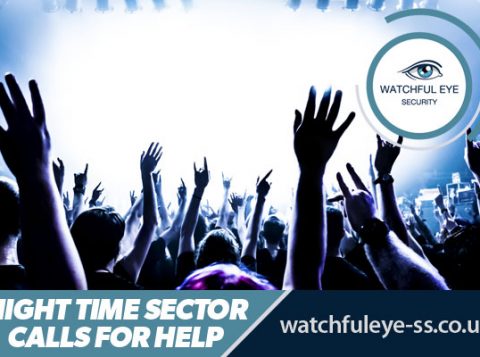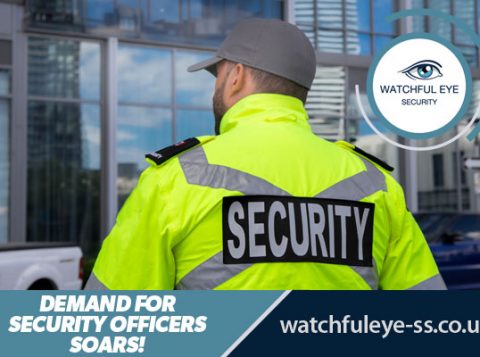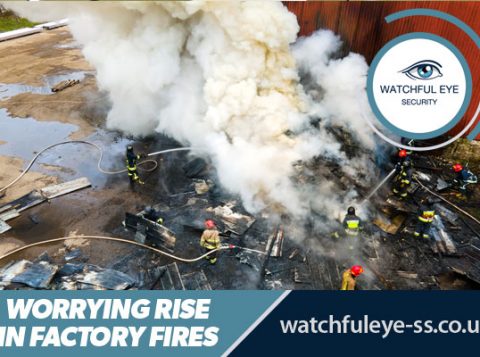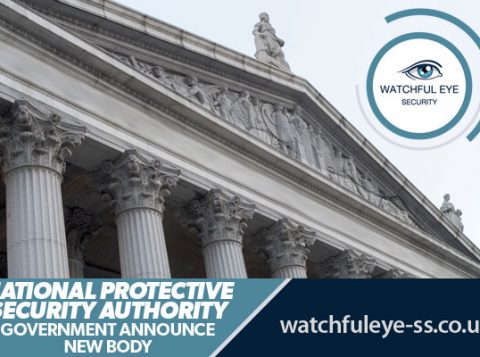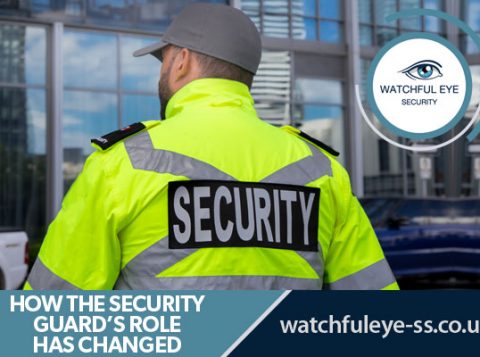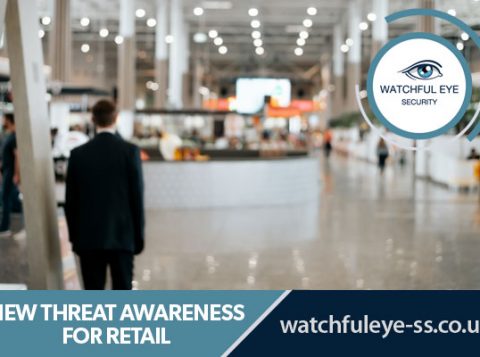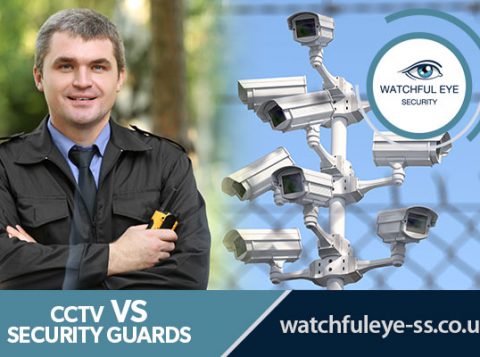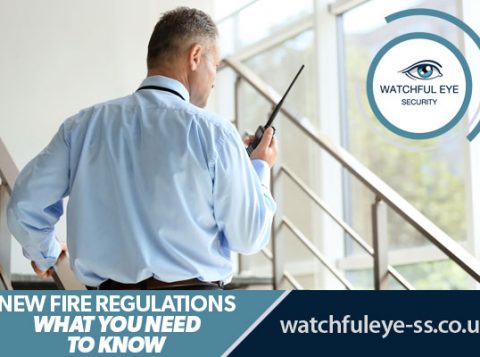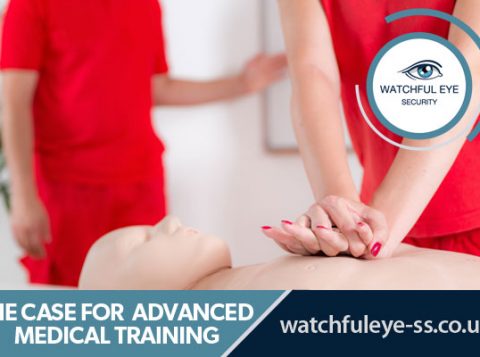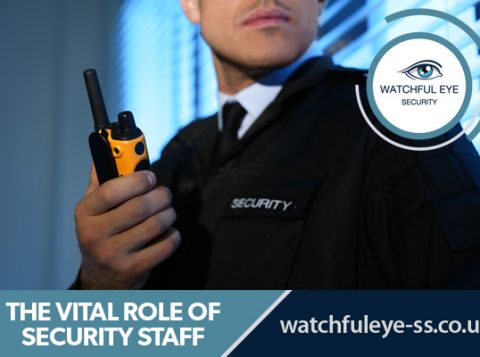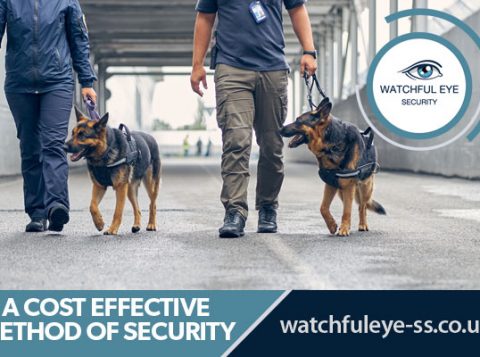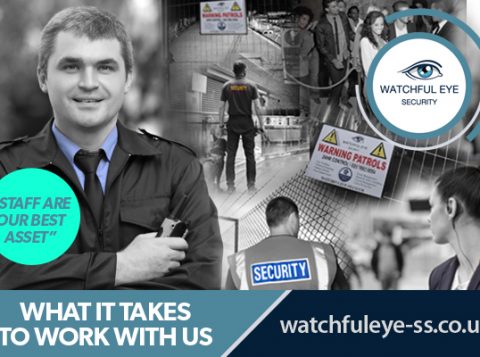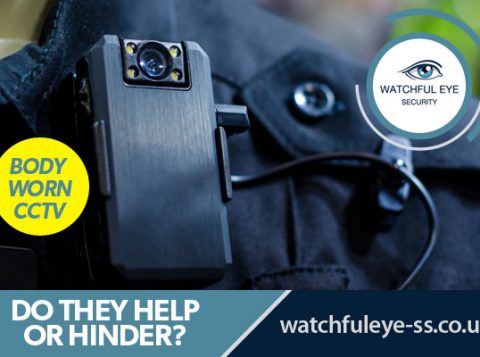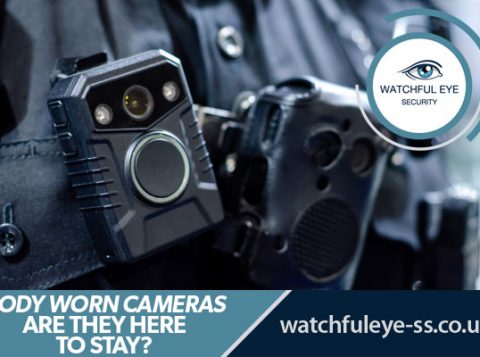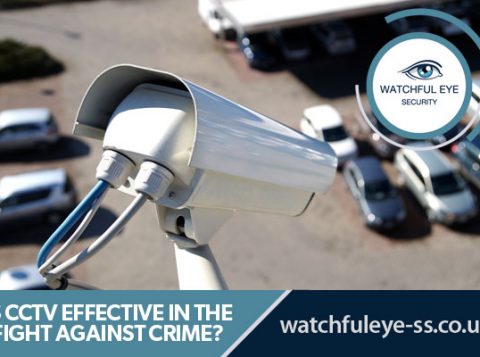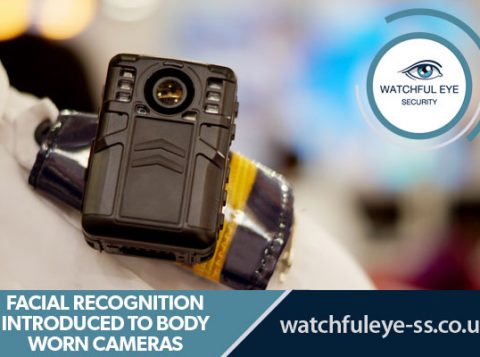
Is It Legal to Wear a Body Camera in the UK?
There are countless benefits to wearing a visible helmet-mounted or body-worn camera, not least protecting yourself from the risk of violence, recording a real-time account of an incident and having evidence to back up future liability or insurance claims.
Body cameras are used throughout the security, policing, and emergency response sectors. They are also worn by construction workers, highways workforce and other teams commonly exposed to potentially volatile, hostile, or abusive behaviour. But when is it legal to wear a body camera in the UK?
CCTV surveillance rules may apply, where you must inform people if they are likely to be recorded, with additional data protection regulations to prevent recordings from being used for unethical purposes.
Organisational Policies for the Use of Body Cameras
Every company and workforce is different, so the policies you implement to safeguard your staff while adhering to regulatory requirements will depend on the types of body cameras you use and their purpose.
The BBC Guidance is a useful example of a policy that dictates how and where body-worn cameras and audio recording equipment are used. For example, wearers must justify any covert recording with approval given before any potential breach of privacy occurs. Otherwise, users must inform anybody they may capture that body cameras or microphones are in operation.
For most commercial and industrial applications, the simplest option is to erect signage or notices to ensure every visitor, colleague or site user is informed of the use of body cameras, similar to the process in place for wall-mounted CCTV units.
Policies should also be reviewed and updated, as required, to reflect any changes in the use of body cameras, access to footage, or storage procedures.
Staff must be aware of any scenarios or places they are being recorded and receive appropriate training to ensure they understand how to activate SOS alerts, circulate broadcasts between colleagues, or enable two-way communications to liaise with managers.
How to Use Body Cameras Legally
While the breadth of rules around data protection, privacy and data processing can feel complex, there are many reasons body-worn video devices are beneficial and increasingly a key component of a proactive security strategy.
The guidance below summarises the primary requirements for using body-worn video devices outside police and emergency services applications.
- Where possible and practical, any user or wearer of a body camera should inform potential subjects that video recording is taking place.
- If cameras are activated during an incident, the recording should continue uninterrupted until the occurrence concludes to ensure a full and accurate account.
- Access to surveillance footage must be controlled, and only those with a verifiable organisational need should be able to review footage.
- The information must be stored, retained, and disposed of according to personal data legislation.
In many cases, body-worn cameras are there as security ‘back-up’. They primarily monitor health and safety processes, provide real-time information for site managers, or allow experts to respond to on-site queries or technical issues from those working on site.
These situations, where nobody outside of the workforce is subject to recordings, are less regulated and provided all colleagues and visitors are aware of and consent to cameras being used, no further action may be required.
The Safety Benefits of Body Cameras
Once you have the right signage, storage protocols and policies in place, body cameras can be a superb asset. We can recommend the right camera equipment for your requirements, including:
- Helmet Cams for higher-risk work environments such as construction sites, depots, and highways.
- Body Cams for security teams, guards, and those in public-facing roles.
- Lone Worker Cams for individuals working in isolation or in remote areas who may need emergency support in the event of an incident.
Visible cameras are an effective deterrent. In many scenarios, a potential criminal, aggressor or abuser will back down if they know they are being recorded and are identifiable through camera footage.
Live streaming to a control desk or our Alarm Receiving Centre also ensures a prompt response where necessary.
Other features act as a safety net where a worker may become unwell or injured without the help of colleagues on-site to raise the alarm.
Alternatively, our lone worker alarms have inbuilt G sensors to detect slips or falls. They can transmit an SOS signal immediately to allow responders to check whether they require help, dispatch emergency services, or liaise with the wearer until assistance arrives.
